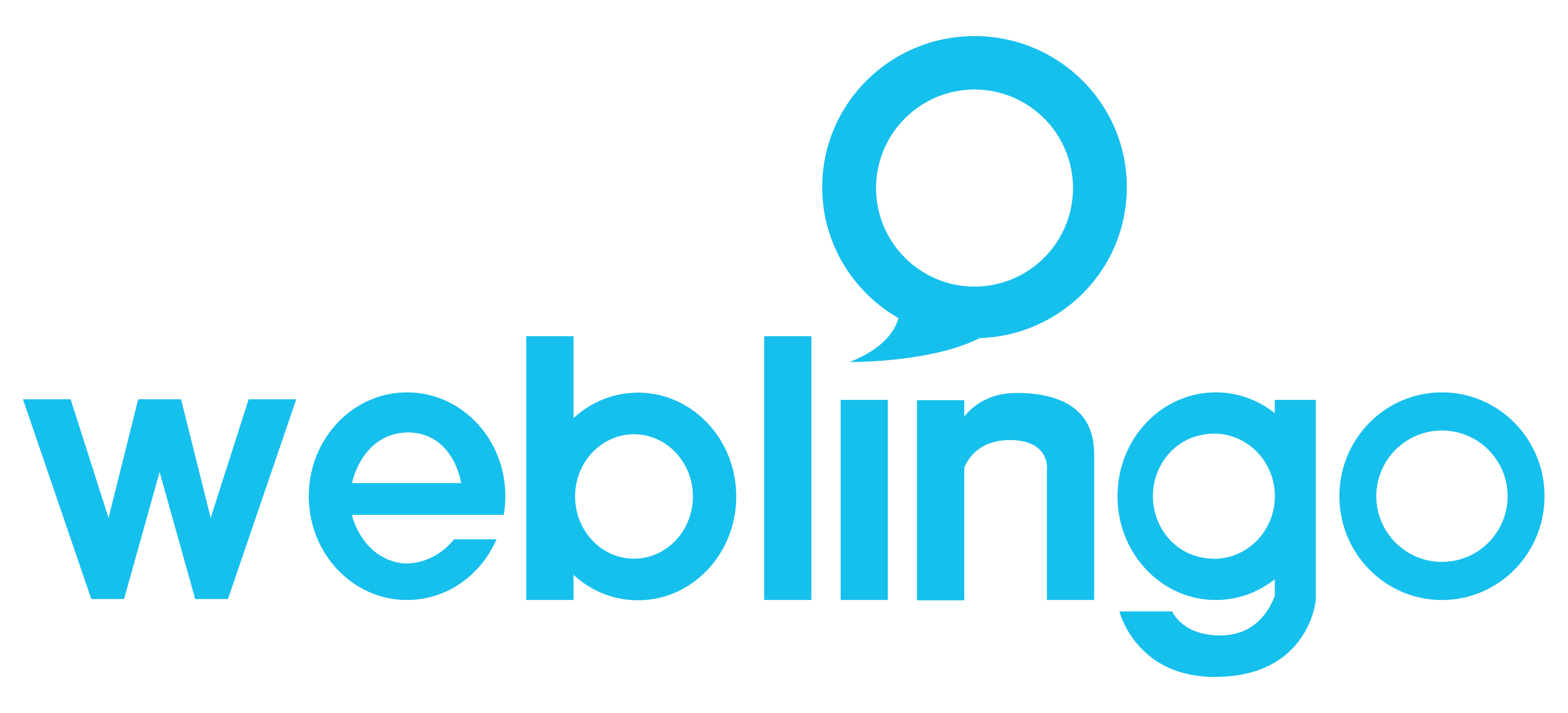Translation memory should always be one of the first questions you have when sourcing suitable translation services.
A definition:
A translation memory (TM) is a database that stores “segments”, which can be sentences, paragraphs or sentence-like units (headings, titles or elements in a list) that have previously been translated, in order to aid human translators.
How can this help you?
- Due to a translation memory housing all of your pre-existing translations, translation management systems will prompt human translators with the approved translation that already exists. A simple click allows the translators to commit the approved translation to the current project and continue with the rest of the new requirements.
- Alternatively, methodologies are in place to automatically populate the current project with phrases and sentences that have previously been translated and are 100% matches with the phrases and sentences in the new project. The translator then only has to proofread to ensure the context of the TM translation is being used correctly. This saves a bunch of time and is especially helpful when it comes to regular phrases , terminology and sentences that are used throughout your written collateral, because they only have to be translated once.
- Translation Quality and Consistency
As mentioned, there will always be certain terminology that is prevalently used within your written collateral. Be it company details, slogans, product names and descriptions etc.
- Once these have been translated and approved, the translation memory will use the same translation going forward, ensuring translation consistency across all future documents. Translation of your prevalent terminology is correct, intact and used in the correct context.
- TM’s are also extremely beneficial in aiding consistency when working with a team of linguists on one particular project.
- The Bottom Line
Translation shouldn’t cost an arm and a leg. Once a phrase or sentence is translated, you shouldn’t have to pay for the exact same sentence and/or phrase to be translated a second time. That’s where TM comes in.
- Translation agencies should only be charging a repetition rate per word, which is usually less than half the new word rate, to ensure the phrase and/or sentence is being used in the correct context. Consider it more of a proofreading exercise, rather than a full translation rate.
- This ultimately saves you on the bottom line, ensuring updates of existing documentation, as well as content with a lot of duplication, stays the way it should be as far as charges go: cost-effective. The more you translate and the bigger your TM becomes, the more you’ll be able to leverage existing translations and save on the costs associated.
Until next time,
Jim
For more information, get in touch with Web-Lingo for 89 languages, a fast turnaround, a same-day quote and a personal service that is second to none.

